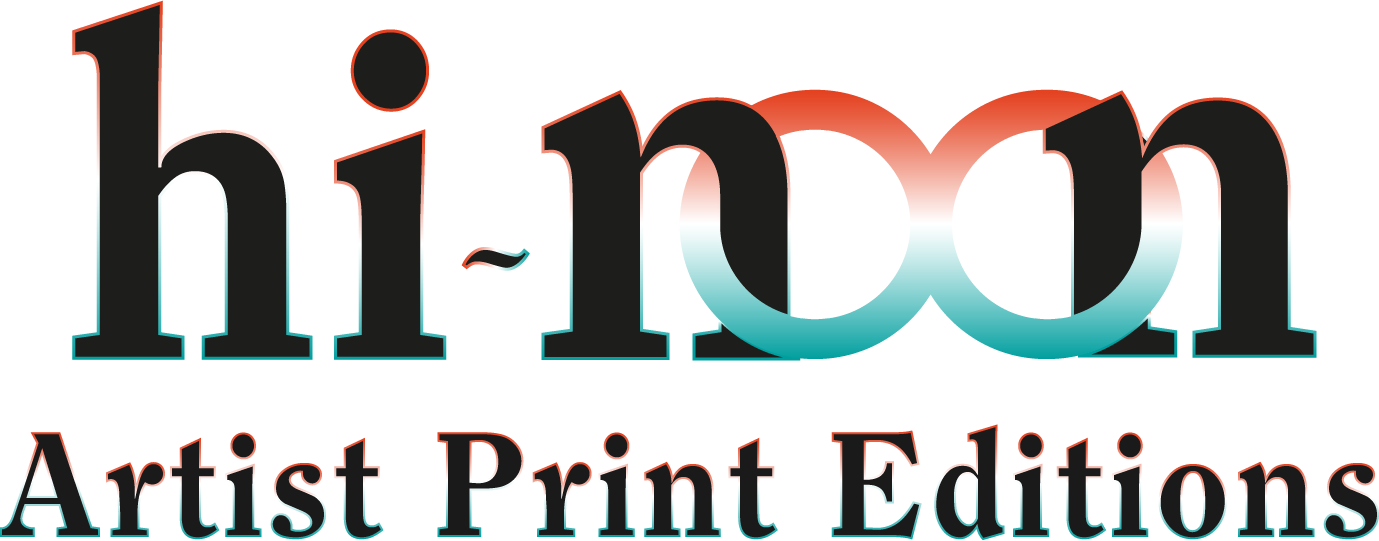Tereza Zelenková, The Language of Moths


Tereza Zelenková, The Language of Moths
The Language of Moths
2020
B/w silver bromide print – hand printed by the artist UNFRAMED
Image size 29cmHx23cmW
Print size 46cmHx40cmW
Edition of 25
## + About the work
“For the dead travel fast.”
–Bram Stoker, Dracula, 1897
The death’s-head hawkmoth (Acherontia atropos) gets its name after the shape on the back of its head that’s reminiscent of a skull. Together with the patterns on its body that look like skeletal ribs and its wings forming some kind of cloak, this creature’s appearance can be immediately compared to that of a grim reaper. Indeed, even its name, Acherontia, is derived from the Greek name for the River of Pain in the Underworld, Acheron. Thanks to its appearance, finding one of these moths in the house has been widely perceived as a bad omen. It is seen as a messenger of evil spirits and some believe it is supposed to foretell war, hunger and death. All of this thanks to its unusual appearance and people’s superstitious nature.
Death’s-head hawkmoth is at home throughout tropical Africa and surrounding areas, but it often migrates impressive distances and therefore can be found in many regions of Europe. It is actually considered to be the fastest flying moth species in the world. “For the dead travel fast”, as Bram Stoker writes in Dracula. Of course, similarly as the death’s-head hawkmoth travels from South to North, Dracula travels from East to West, both reversing the common colonial narratives, and as such, posing a threat to the established order. Both Dracula and the death’s-head hawkmoth perhaps best embody the fears of the migration processes at work in today’s world. Fuelled by fear of the Other, often built on superstitions and preconceived judgements, contemporary migrants from parts of Africa and from the East also represent a bad omen to a substantial portion of the Western population.
While we continue our exploitation of other cultures and countries, we hold on to the irrational fears that betray our own false narratives of advanced societies built on empirical science and intellectual superiority. We derive our material wealth from other countries while we refuse to share it with their people, living in the perpetual fear of the Unknown that is coming to haunt our moral complacency.
## + About the artist
Tereza Zelenková is an award-winning young Czech artist working with black and white analogue photography. Her visual work is in dialogue with her writing - her images being inspired by literature, history and mythologies that surround places and people. Zelenková’s own writing creates a rich associative narrative that marks her out as a distinctive voice in contemporary photography.
Her work has been shown at influential international institutions and museums including Frac Île-de-France in Paris (2020), Silver Eye Photography Centre in Pittsburgh (2019), Whitechapel Gallery in London (2017), Le Bal in Paris (2015) and Musée de l’Élysée in Lausanne (2015).
Zelenková’s photographic work is being collected by international museums that have important photographic collections, including Victoria & Albert Museum, Foam Photography Museum, Musée de l’Élysé and Fotomuseum Winterthur.
